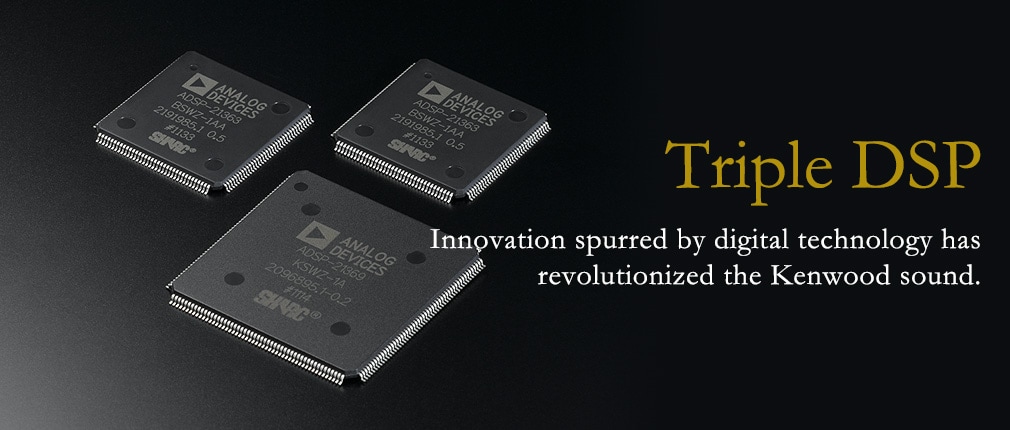
KENWOOD continues to provide quality sound transmission that is unattainable through analog circuits.
By installing the world-premiere DSP in the TS-950 and achieving IF AGC control on the TS-870,
our experience has led to the use of three DSP units, one on each major block of the TS-990S.
By distributing the signal processing of the main IF, band scope, and sub-IF, we have realized ample digital signal processing power.
(FM mode is AF DSP processing.)

The reception sound quality of SSB and CW is not solely determined by audio frequency and filter delay properties. AGC characteristics play a very significant role as well. The opinion of many of our fans that "even for long periods of time they never get tired of listening" is due to the characteristics of KENWOOD's AGC. The TS-990S goes a long way in helping further refine the KENWOOD sound by innovating not only the AGC control algorithm on the DSP but also the analog AGC unit as well.
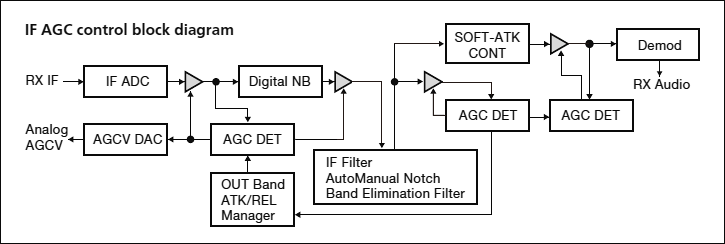
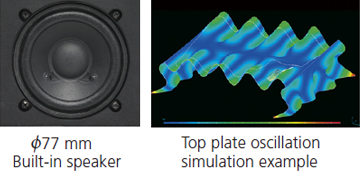
The sound quality of the built-in speakers is largely determined by the chassis structure. With the TS-990S, we have been able to minimize unnecessary chassis vibration through multiple simulations from the conceptual phase. The KENWOOD sound is supported not only by circuits and DSP but also by exact chassis design.
You can vary DSP filter bandwidth and eliminate extensive interference depending on use and condition. You can operate it as a HI CUT/LOW CUT function in SSB/AM/FM mode, and WIDTH/SHIFT function in CW/FSK/SSB-DATA transmission mode.
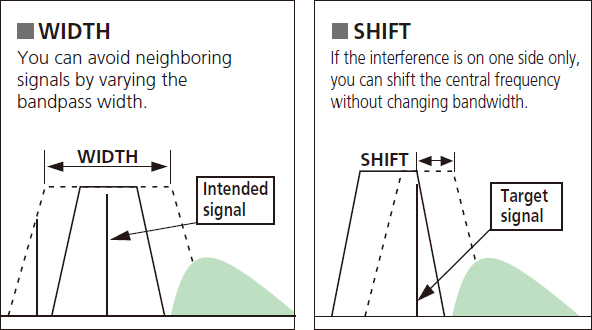
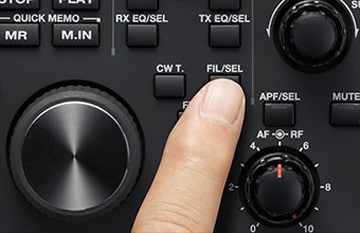
It is possible to preset a maximum of three IF filter bandwidths and switch instantly at any time. Set for narrow or wide, such a function is convenient for competitions requiring quick operations.
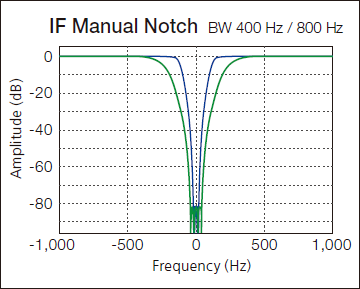
You can eliminate overpowering interference signals with a notch filter and catch intended weak signals. You can switch between the IF auto notch and the manual notch that can be changed manually, depending on the state of interference.
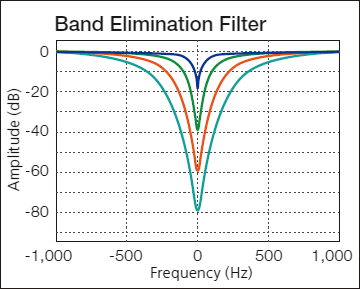
The filter is capable of varying the stopband bandwidth and the amount of loss. When signals that interfere with the target signal multiply, this is a convenient function for operations such as dampening interference signals, even if it cuts down some of the target signal.
Equipped with an analog noise blanker (NB1) which is considered effective against weak noise, and a digital noise blanker (NB2). Choose the NB1 or NB2 based on noise type and reception condition. With NB1, stable noise reduction is possible without depending on reception bandwidth. NB2 is effective against noise that cannot be tracked by an analog noise blanker. Plus, both the NB1 and NB2 can be used simultaneously with the TS-990S.
The device is also equipped with two types of noise reduction format-NR1 and NR2. An optimal noise reduction format is applied to each reception mode for NR1. And for NR2, SPAC method is applied which is more effective in CW operation.
•Beat cancel function (BC1/BC2)
The beat cancel function is effective against relatively weak, multiple beats,
whereas the IF auto notch is effective against strong beats.
•Audio peak filter
You can vary bandpass width of pitch tone when there are carrier receptions
like CW and FSK. FSK is compatible with mark and space frequencies.